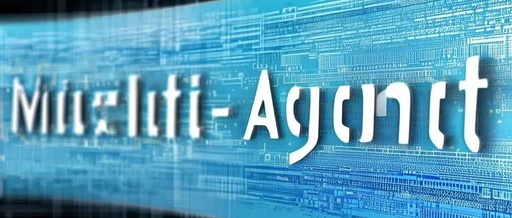—1—
Top 5 Multi-Agent Frameworks
In the era of AI large models, Multi-Agent technology is increasingly capturing the attention of major tech giants. With the launch of frameworks such as OpenAI’s Swarm and Microsoft’s Magentic-One, the development in this field has become more intricate. Choosing the most suitable Multi-Agent framework that meets the specific needs of developers and enterprises has become a critical issue.
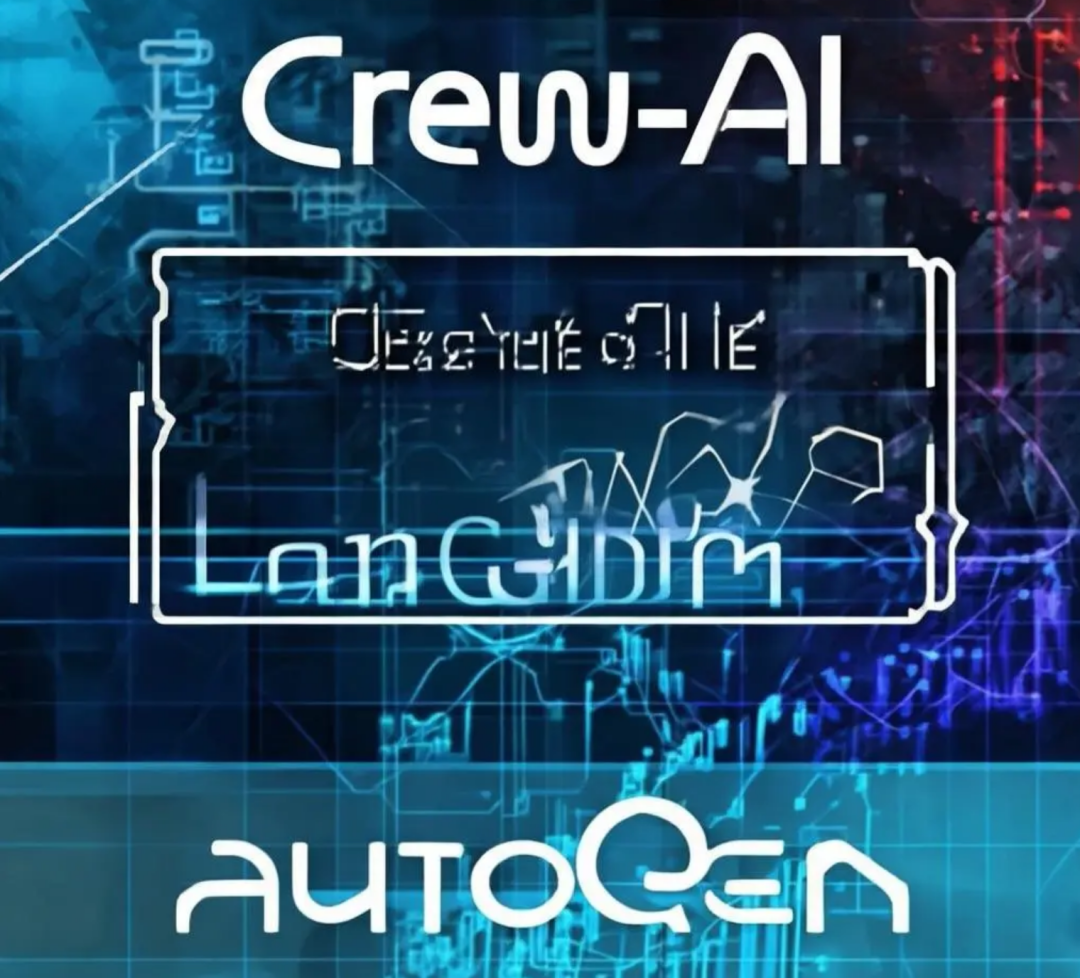
In this issue, we will deeply analyze the five most popular Multi-Agent frameworks on the market, including Microsoft’s AutoGen, CrewAI, LangChain’s LangGraph, OpenAI’s Swarm, and Microsoft’s Magentic-One, aiming to provide guidance and reference for your framework selection.
—2—
AutoGen: Microsoft’s Pioneering Work for Software Engineering
AutoGen, as one of Microsoft’s early and popular frameworks in the Multi-Agent field, aims to provide solutions for software development. The core of this framework consists of two types of agents: User-Agent and Assistant-Agent. The User-Agent is responsible for conveying instructions and needs, while the Assistant-Agent is responsible for code generation and execution, providing feedback to the user or other agents.
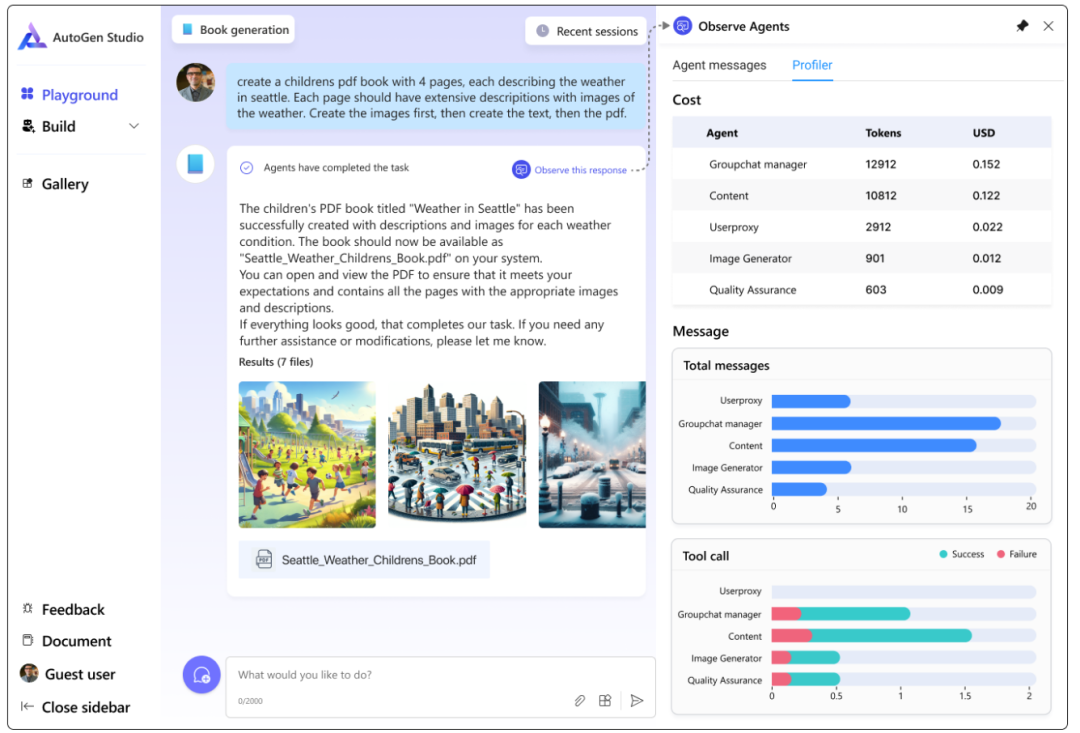
A highlight of AutoGen is its excellent multi-agent coordination ability, especially in handling programming tasks. It also allows for manual intervention during agent interactions, increasing the flexibility and controllability of the development process.
However, AutoGen is not without its flaws. Its user interface may not be intuitive enough, requiring some learning time for non-technical personnel. Additionally, the configuration process of AutoGen is relatively cumbersome, especially when integrating local large language models (LLMs), as it requires setting up a proxy server. Therefore, AutoGen is more suitable for developers who have a certain understanding of software development and are willing to invest time and effort to master its usage.
Github Link:
https://github.com/microsoft/autogen
—3—
CrewAI: The Preferred Tool for Demonstrations, Easy and Efficient
Compared to AutoGen, CrewAI emphasizes its ease of use and rapid demonstration-building features. The platform is intuitive and easy to operate, mainly generating and configuring agents through writing prompts. On the CrewAI platform, the process of creating and integrating agents is extremely simple, allowing users to easily build hundreds of agents in a short time, making it the preferred tool for developers aiming for quick Multi-Agent demonstrations or prototype development.
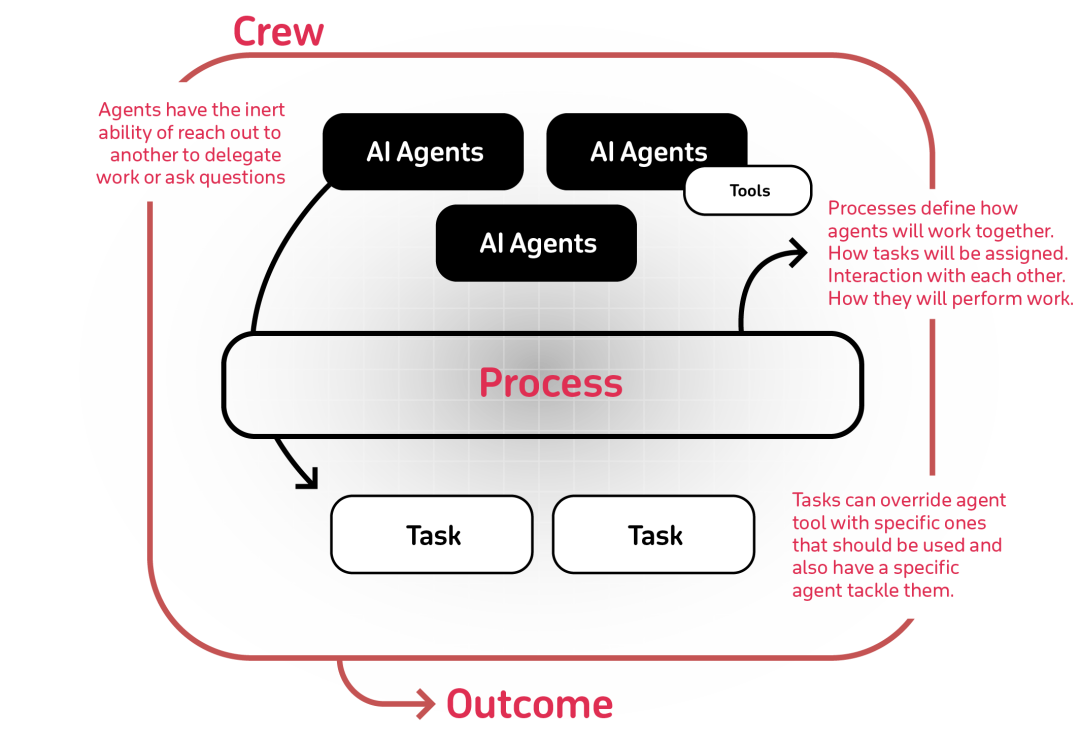
However, CrewAI lacks flexibility and customization, making it more suitable for handling simple use cases rather than complex programming tasks. Additionally, there may be some bugs in agent interactions, which could affect project stability and reliability. Despite these limitations, for those who only need to quickly build demonstrations or prototypes and do not require high system flexibility, CrewAI remains a suitable choice.
Github Link:
https://github.com/crewAIInc/crewAI
—4—
LangGraph: Highly Flexible, Suitable for Complex Tasks
LangGraph is a Multi-Agent framework built on LangChain, which introduces the concept of directed cyclic graphs to create a highly flexible and customizable solution. LangGraph is not only applicable to various Multi-Agent tasks but also supports almost all multi-agent orchestration applications, making it the preferred tool for developers facing complex tasks and seeking high flexibility and customization capabilities.

However, LangGraph has relatively limited documentation, which may pose difficulties for beginners or users with insufficient programming experience. Additionally, using LangGraph requires users to have a certain level of programming ability, especially in understanding graph structures and logical processes. Therefore, LangGraph is more suitable for advanced developers with rich programming backgrounds who are willing to invest time in deep learning.
Github Link:
https://github.com/langchain-ai/langgraph
—5—
OpenAI Swarm: Beginner-Friendly but Limited Functionality
OpenAI Swarm is OpenAI’s latest multi-agent framework, designed to simplify the agent-building process and the handoff operations between agents. The Swarm framework is particularly suitable for beginners, allowing them to easily get started with multi-agent technology and quickly build demonstration projects.

However, Swarm has a limited range of functionalities, supporting only the OpenAI API and not being compatible with APIs from other language model providers, which may pose limitations in actual production deployments. Additionally, Swarm lacks flexibility, making it difficult to meet the needs of users seeking high customization and flexible configurations. Moreover, Swarm’s community support is relatively weak, and users may encounter difficulties when submitting issues or seeking help on GitHub.
Github Link:
https://github.com/openai/swarm
—6—
Magentic-One: Another Masterpiece from Microsoft, Simplifying AutoGen
Magentic-One is Microsoft’s new multi-agent framework launched after AutoGen. Similar to OpenAI’s Swarm, Magentic-One also focuses on reducing the complexity of agent construction and operation. This framework comes pre-installed with five basic agents, including one responsible for management and four that perform different functions (WebSurfer, FileSurfer, Coder, and ComputerTerminal), making Magentic-One a versatile platform suitable for users with no programming background who need to quickly master its usage.
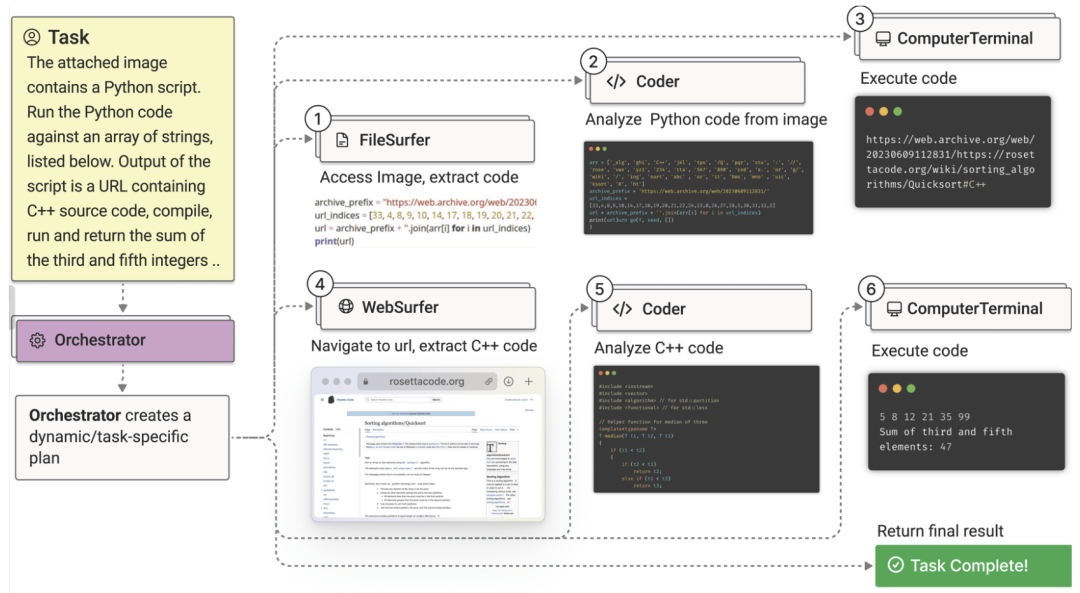
However, Magentic-One faces challenges in supporting open-source language models (LLMs), which may pose difficulties for users wanting to leverage open-source LLMs. Additionally, Magentic-One lacks flexibility, leaning more towards being an application than a fully open framework. Currently, the documentation and community support for Magentic-One are also relatively limited, which may adversely affect user experience and problem-solving efficiency.
Github Link:
https://github.com/microsoft/autogen/tree/main/python/packages/autogen-magentic-one
—7—
How to Choose a Multi-Agent Framework?
First, Code Generation and Multi-Agent Workflow
In tasks involving code generation and complex multi-agent coding, AutoGen demonstrates its excellent capabilities. Its powerful code handling and multi-agent coordination features can tackle various challenges in software development. Despite its complex configuration process, AutoGen can maximize its utility in a professional development environment.
Second, Beginner-Friendly Frameworks
For newcomers in the multi-agent field, OpenAI Swarm and CrewAI are ideal choices. The easy creation process of OpenAI Swarm and the high usability and intuitiveness of CrewAI allow beginners to quickly get started and easily build basic multi-agent applications, avoiding technical difficulties.
Third, Tackling Complex Challenges
LangGraph has a leading advantage in handling complex tasks. Its high flexibility and customization capabilities, combined with its innovative architecture based on directed cyclic graphs, allow it to support advanced users in managing complex logic and variable agent orchestration requirements.
Fourth, Integrating Open-Source Language Models
In integrating open-source language models, LangGraph exhibits excellent compatibility, enabling seamless collaboration with various open-source LLMs and APIs. CrewAI also offers good compatibility, allowing for trade-offs based on specific needs during selection.
Fifth, The Importance of Community Support
If you value community support, AutoGen would be a wise choice, as its strong community resources can provide developers with timely assistance and solutions. For users who do not rely heavily on community support, CrewAI, OpenAI Swarm, and Magentic-One also have their respective advantages.
Sixth, Cost-Effectiveness Analysis
The pre-configured settings and universal methods offered by Magentic-One may have certain advantages in terms of cost. OpenAI Swarm and CrewAI can also provide good cost-effectiveness in specific cases, depending on the project’s scale, requirements, and budget.
Each multi-agent framework has its unique characteristics. When selecting, please conduct a comprehensive assessment based on your specific needs, technical capabilities, and budget conditions. We hope these suggestions will help you choose the most suitable multi-agent framework.
In summary, AI Agent technology is so important, but how to systematically master it? My team and I have been implementing large model projects for 2 years, helping over 60 enterprises launch nearly 100 projects. Based on our enterprise-level practical experience, we have created a 3-day AI Agent project practical live training camp, which has already attracted 20,000 students as of today, and it’s incredibly popular!
—8—
Why Are AI Agents So Important?
First, It’s the Trend, we are experiencing a significant technological transformation, unlike the rise of the internet in the past; this is a disruptive change, and falling behind means elimination, as all future applications will be rewritten by AI Agents;
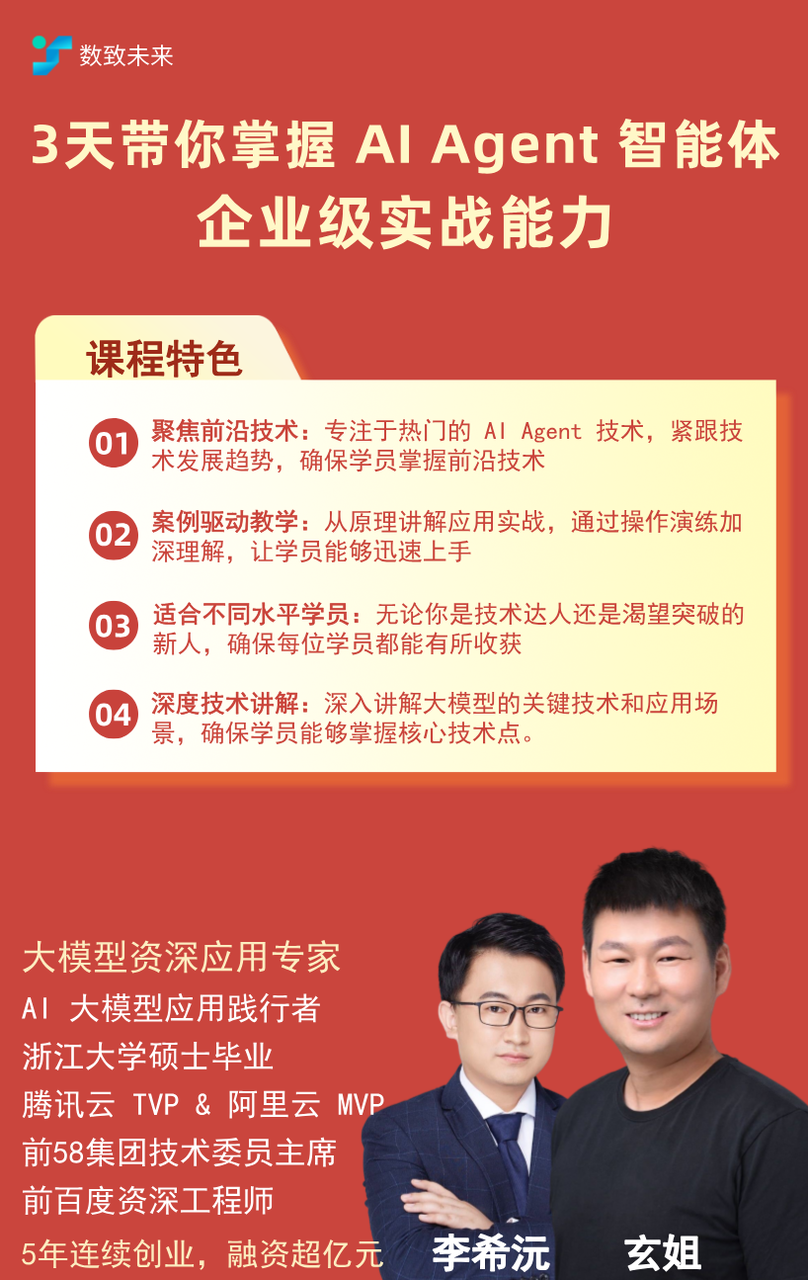
The course was originally priced at 199 yuan, but now you can grab it for just 19 yuan! Two additional registration benefits will be given at the end of this article! Prices will immediately return to 199 yuan after the offer is gone!
—9—
What Can You Gain from This 3-Day Live Training Camp?
In this 3-day live course, you will quickly master the core technologies of AI Agents and gain enterprise-level project practical experience.
Module 1: Principles of AI Agent Technology
Comprehensively dissect the principles of AI Agent technology and deeply master the three core capabilities of AI Agents and their operating mechanisms.
Module 2: Practical Development of AI Agents
In-depth explanation of AI Agent technology selection and development practice, learning to develop the core technological capabilities of AI Agents.
Module 3: Enterprise-Level Case Studies of AI Agents
From demand analysis, architectural design, technology selection, hardware planning, core code implementation, to service governance, this module provides a comprehensive practical learning experience addressing key challenges in enterprise-level AI Agent projects.
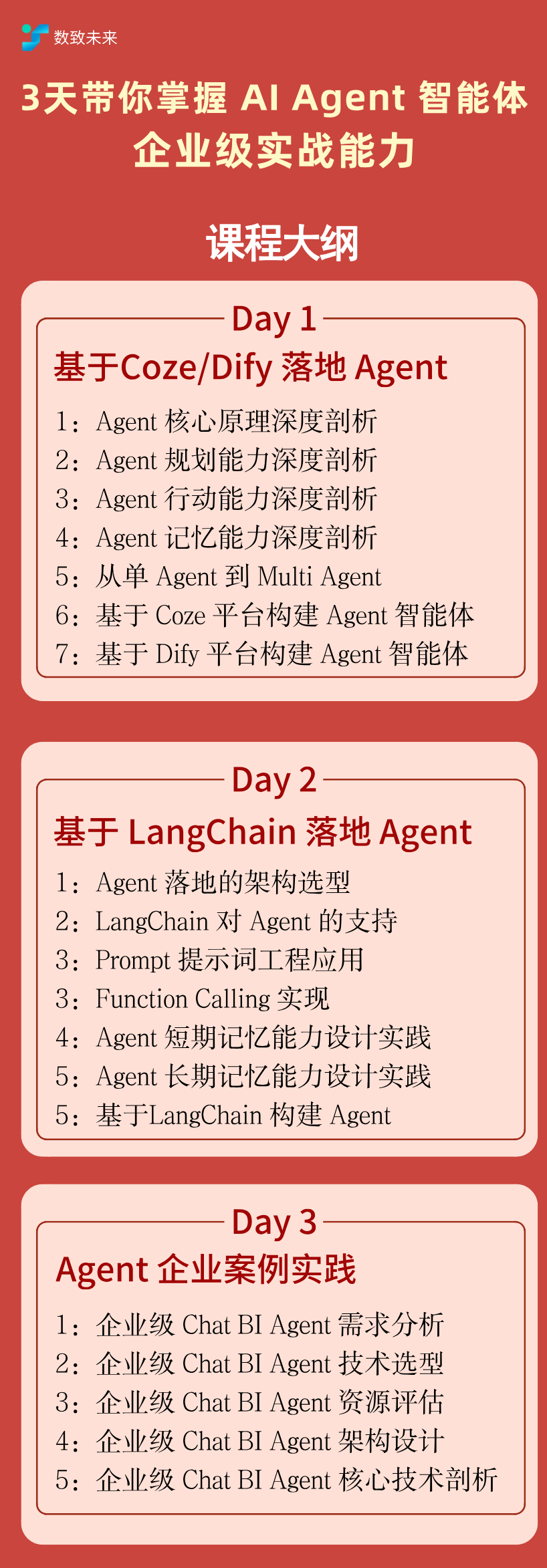
Limited Time Offer:
—10—
Add Assistant for Live Learning
After purchase, add the assistant for live learning👇

—11—
Two Exclusive Benefits for Today’s Registrants
Benefit One: 100 Real Interview Questions from Major AI Companies! Covering 100 real questions from major companies like Baidu, Alibaba, Tencent, ByteDance, Meituan, and Didi, these are highly significant for job transitions or promotions!
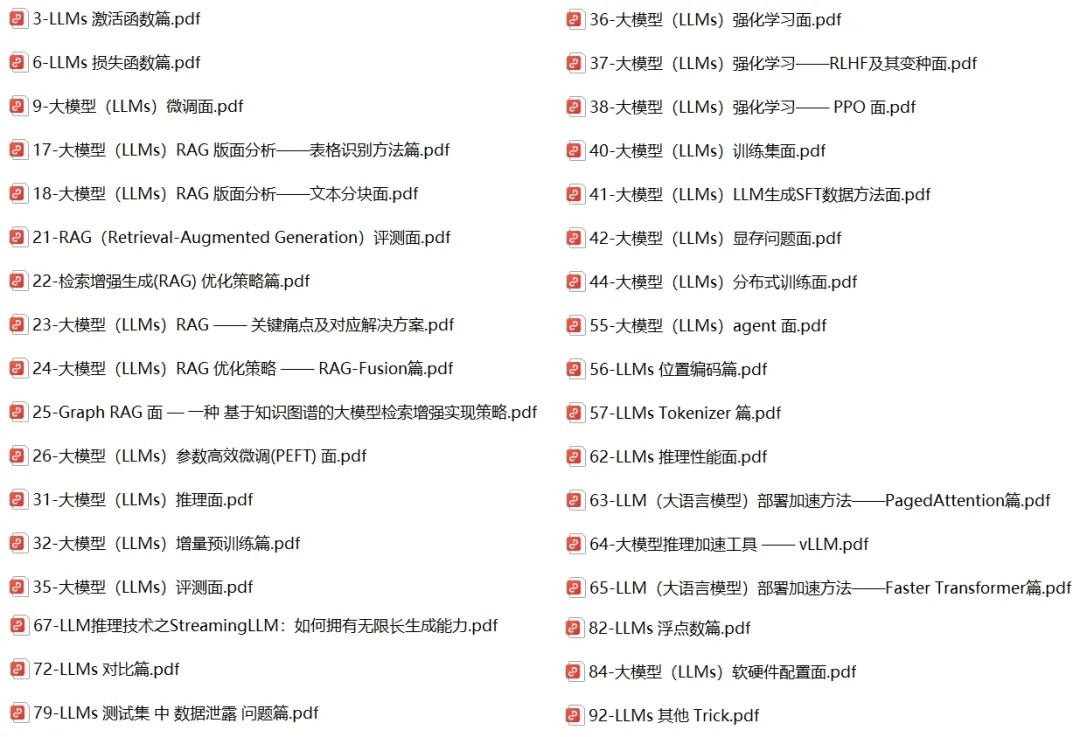
Benefit Two: 2024 China Agent Industry Research Report! Agent technology is a new application form, the “APP” of the large model era, and the technical paradigm has also changed significantly. This research report explores the new generation of human-computer interaction and collaboration paradigms, covering technology, products, business, and enterprise implementation applications, making it very worthwhile to read!
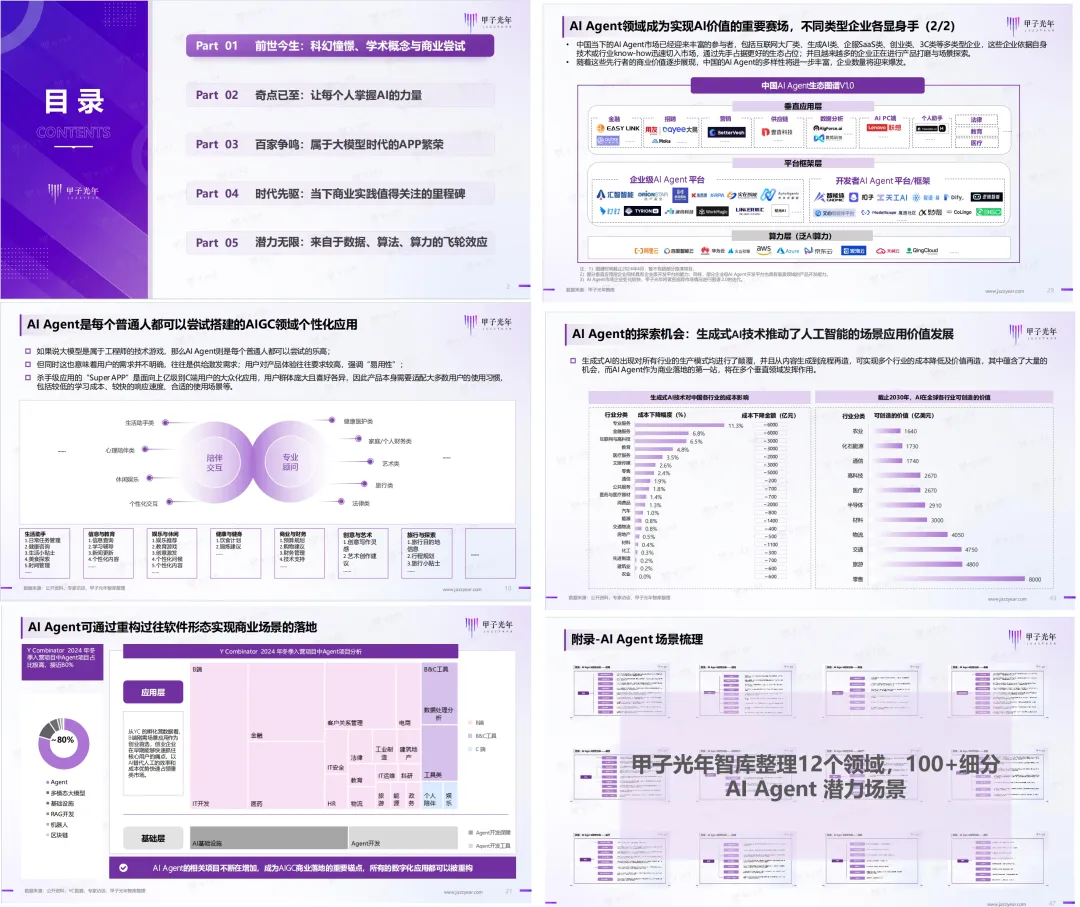
After registering, add the QR code of my assistant above to immediately receive two benefits!
References:
https://mp.weixin.qq.com/s/Ws46zAh-hwUZQmDxsSO6Eg
END
